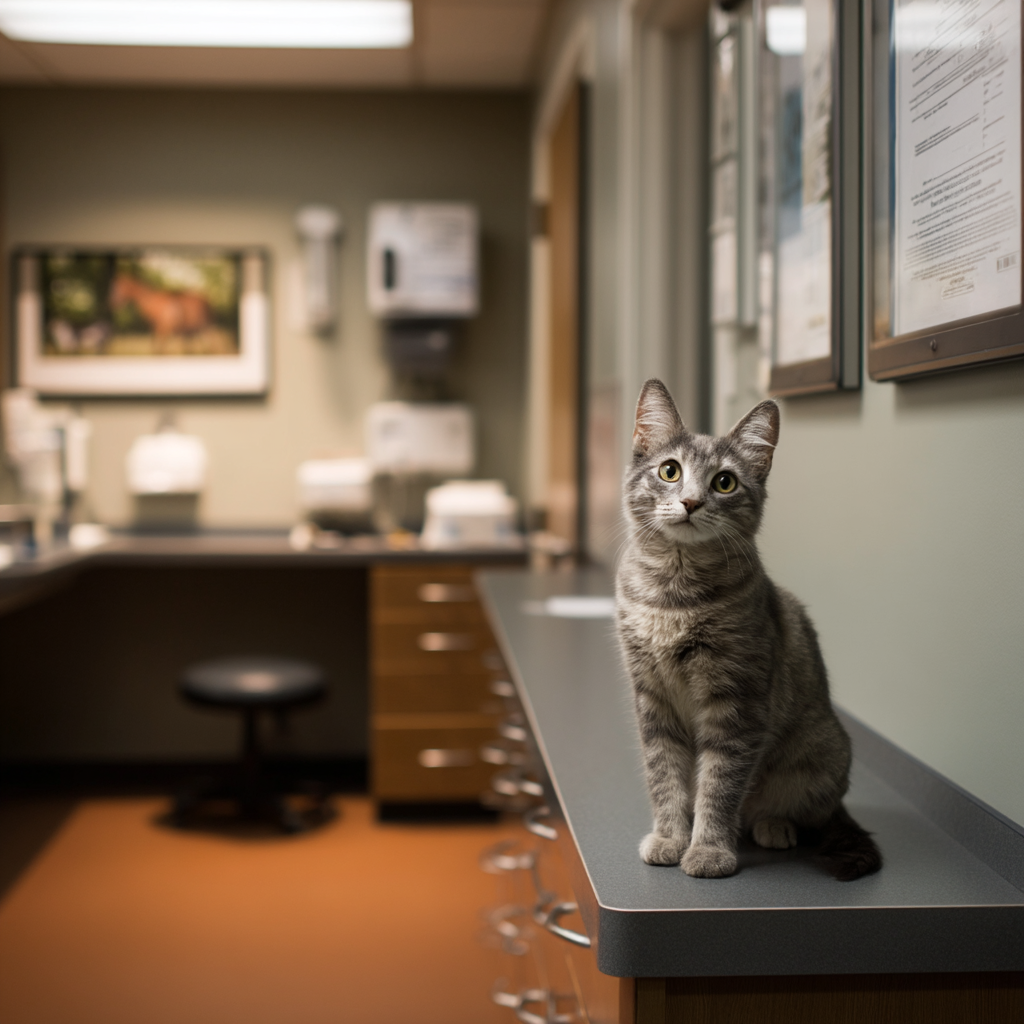
Pet Diabetes on the Rise: Why Every Clinic Needs a Reliable V eterinaryGlucometer
Share
Pet diabetes cases are on the rise due to factors like high-caloric diets and sedentary lifestyles. Every clinic needs a reliable veterinary glucometer to ensure precise glucose monitoring, which is essential for early detection and management. Modern glucometers feature advanced biosensor technology and wireless data transfer, enabling accurate insulin dosage adjustments and improved glycemic control. By integrating glucometers effectively, you're positioning your practice as a leader in diabetes care, with advanced insights into effective management strategies at hand.
Understanding the Surge in Pet Diabetes Cases
As pet diabetes cases proliferate, it's essential to understand the underlying factors contributing to this surge. The causes of diabetes in pets often involve a complex interplay of genetic predispositions, environmental factors, and, importantly, pet nutrition. You're likely aware that high-calorie diets, rich in carbohydrates and fats, can lead to obesity, a significant risk factor for diabetes. Additionally, poor-quality, unbalanced nutrition can disrupt metabolic processes, which can exacerbate insulin resistance. It’s vital to recognize how sedentary lifestyles compound these dietary issues, intensifying the prevalence of diabetes in pets. By prioritizing innovative dietary solutions and adopting scientifically grounded nutritional strategies, you can mitigate these risks. As a forward-thinking practitioner, you're in a prime position to revolutionize pet care through tailored dietary interventions.
The Importance of Early Detection and Monitoring
Recognizing the surge in pet diabetes cases, veterinarians must now focus on the vital role of early detection and consistent monitoring to manage and mitigate the disease effectively. Catching early signs, such as increased thirst, frequent urination, or unexpected weight loss, allows for timely intervention. By employing innovative diagnostic tools, you can detect glucose fluctuations, which are essential for tailoring treatment plans. The precision of early detection not only helps stabilize the pet’s health but also prevents severe complications. Monitoring glucose levels consistently provides valuable data, enabling you to adjust insulin dosages accurately. This proactive approach helps foster better glycemic control, improving the pet's quality of life. Embrace technology to revolutionize diabetes management practices in veterinary medicine.
Key Features of a Reliable Veterinary Glucometer
When selecting a veterinary glucometer, it's essential to prioritize key features that guarantee accuracy and reliability in glucose monitoring. Glucometer accuracy is paramount; make sure the device employs advanced biosensor technology for precise readings. Opt for models with a wide measurement range and low sample volume requirements to accommodate a variety of species. A user-friendly design enhances operational efficiency—look for intuitive interfaces and large, backlit displays that make navigation easier. Devices with rapid data processing minimize waiting time, vital in fast-paced clinical settings. Consider glucometers with memory storage for tracking glucose trends over time. Wireless data transfer capabilities are also beneficial, allowing seamless integration with electronic health records. These features collectively make certain robust, innovative solutions for managing pet diabetes effectively.
Integrating Glucometers Into Veterinary Practice
Understanding the key features of a reliable veterinary glucometer sets the foundation for its effective integration into veterinary practice. When incorporating this essential tool, focus on calibrating your glucometer to ensure accurate readings of your pet's blood sugar levels. Calibration precision is vital for obtaining valid data, enabling prompt therapeutic adjustments. You'll need to establish protocols for regular calibration checks, assuring consistency across all devices in your clinic.
Training your team on the scientific principles of blood glucose monitoring enhances diagnostic acumen and fosters confidence in utilizing glucometers. Emphasize the glucometer's role in continuous glucose monitoring, allowing you to detect fluctuations and trends in blood sugar levels effectively. By integrating these devices seamlessly, your practice can become a leader in innovative pet diabetes management.
Best Practices for Managing Diabetes in Pets
Proper diabetes management in pets requires a multifaceted approach, combining precise insulin administration, dietary control, and regular glucose level monitoring. You’ll need to establish a tailored insulin therapy regimen, ensuring accurate dosing that aligns with the pet’s specific metabolic needs. Innovative delivery systems can enhance compliance and precision, reducing the risk of hypoglycemia. Dietary management is equally essential; implement a consistent feeding schedule with a balanced, high-fiber diet to stabilize glucose fluctuations. Regularly use a veterinary glucometer for real-time glucose monitoring, enabling timely adjustments to insulin and dietary changes. Collaborate closely with pet owners, empowering them through education and training to recognize signs of hypo- or hyperglycemia. This all-encompassing strategy fosters ideal glycemic control, ensuring a healthier, more vibrant life for diabetic pets.
Conclusion
Just as Sherlock Holmes wouldn’t solve mysteries without his magnifying glass, you can’t effectively manage pet diabetes without a reliable veterinary glucometer. By integrating these essential tools into your practice, you’ll ensure early detection and precise monitoring, much like steering with a compass through a complex landscape. Equip yourself with the right glucometer, and you’ll provide the best care, improve pet outcomes, and stay ahead of the rising tide of diabetes in our beloved companions.
